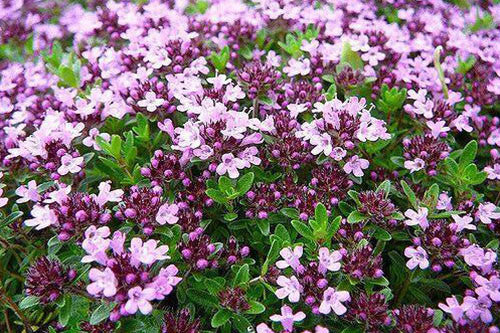
But the following year, they flowered in golden profusion and my hillside looked magical.Įvery time I walked down my stairs, it was into a sea of black-eyed susans. Because this species is biennial, that first summer the little rosettes of foliage formed. In 2002, when we were trying to keep the freshly delivered soil from sliding down the hillside at our newly-built cottage on Lake Muskoka north of Toronto, I mixed a few ounces of the tiny seeds of the native Rudbeckia hirta or wild black-eyed susan, into a sack of red fescue ( Festuca rubra) seed and raked it in. In fact, at our cottage they were once the only flower I grew.

Okay… you knew where this was going, didn’t you? Yes, I do love my rudbeckias, whether they’re called black-eyed susans or blackeyed Susans or brown-eyed suzies or coneflowers. (Sha la la la la la la, la te da, la te da (Bit by bit, by bit, by bit, by bit, by bit) Sha la la la la la la la la la la te da, la te da Because who doesn’t want to be Van Morrison’s “Brown-Eyed Girl”? But it’s still the song that gets entire tables of women of all ages up dancing when it’s played by the deejay at that wedding reception. “ Making love in the green grass/behind the stadium with you/My brown-eyed girl” didn’t make it past the censors for a lot of radio stations, who substituted different chorus lyrics when they played it. The lyrics were racy for the time (even though 1967 was the hippie-flavoured summer of love).

but changed the words to make it more radio-friendly.

He originally wrote it, he has said, with a calypso flavour as ‘ Brown Skinned Girl’… “kind of a Jamican song”. As usual with Van, however, the song’s meaning was confusing. The year before he recorded ‘Astral Weeks’ with ‘Madame George’, my favourite song and the subject of my last blog, he had a smash hit with the pop-infused ‘ Brown Eyed Girl’ of 1967. Let’s stick with Sir Van Morrison in this, the ninth blog of #mysongscapes.


 0 kommentar(er)
0 kommentar(er)
